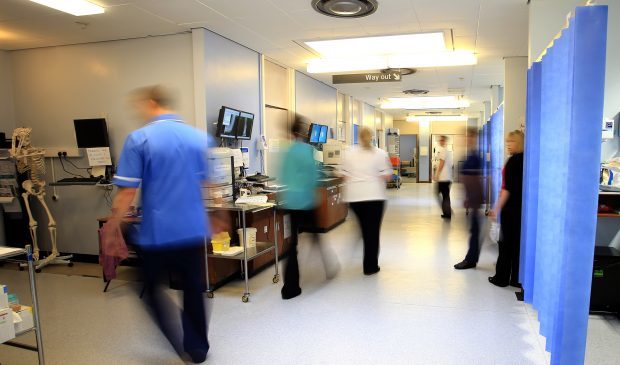The mortality rate at Scotland’s hospitals has fallen 16.5% since 2007, according to new figures.
Over eight years to the end of 2015, there were around 20,000 fewer deaths than expected, according to the Scottish Government.
The figures were published at the end of the first phase of the Scottish Patient Safety Programme (SPSP), set up in 2007 to improve the safety and reliability of the country’s healthcare.
The mortality rate fell at 24 of 29 participating hospitals across Scotland’s 14 NHS boards and for all types of admissions.
The largest percentage reductions were seen at Crosshouse Hospital, Kilmarnock, Monklands in Airdrie and Balfour Hospital in Orkney.
Health Secretary Shona Robison said the figures underline “why Scotland is considered a world-leader in delivering effective and safe care for patients”.
Ms Robison said: “It is an even greater achievement when set against a backdrop of our NHS treating more people, with more complex needs, than ever before.
“That is why we are investing more than ever in our health and social care system, with this year’s budget totalling a record £13 billion.”
She added: “Scotland was the first country in the world to implement a national patient safety programme and is the only UK country publishing and driving improvement in our NHS through the use of mortality data in this way.”
Professor Jason Leitch, national clinical director for NHS Scotland, said: “The Scottish Patient Safety Programme is now much bigger than when we started, expanding beyond big hospitals to maternity services, community services and mental health.
“The acute hospital version of the programme continues as well, and is tackling new harms which patients face such as urinary catheter infections, acute kidney injury and deterioration.
“We’ve made much progress and we are now considering how we can go further. Healthcare Improvement Scotland have been consulting on the next phase of the SPSP and we will set out our next steps in the summer.”










